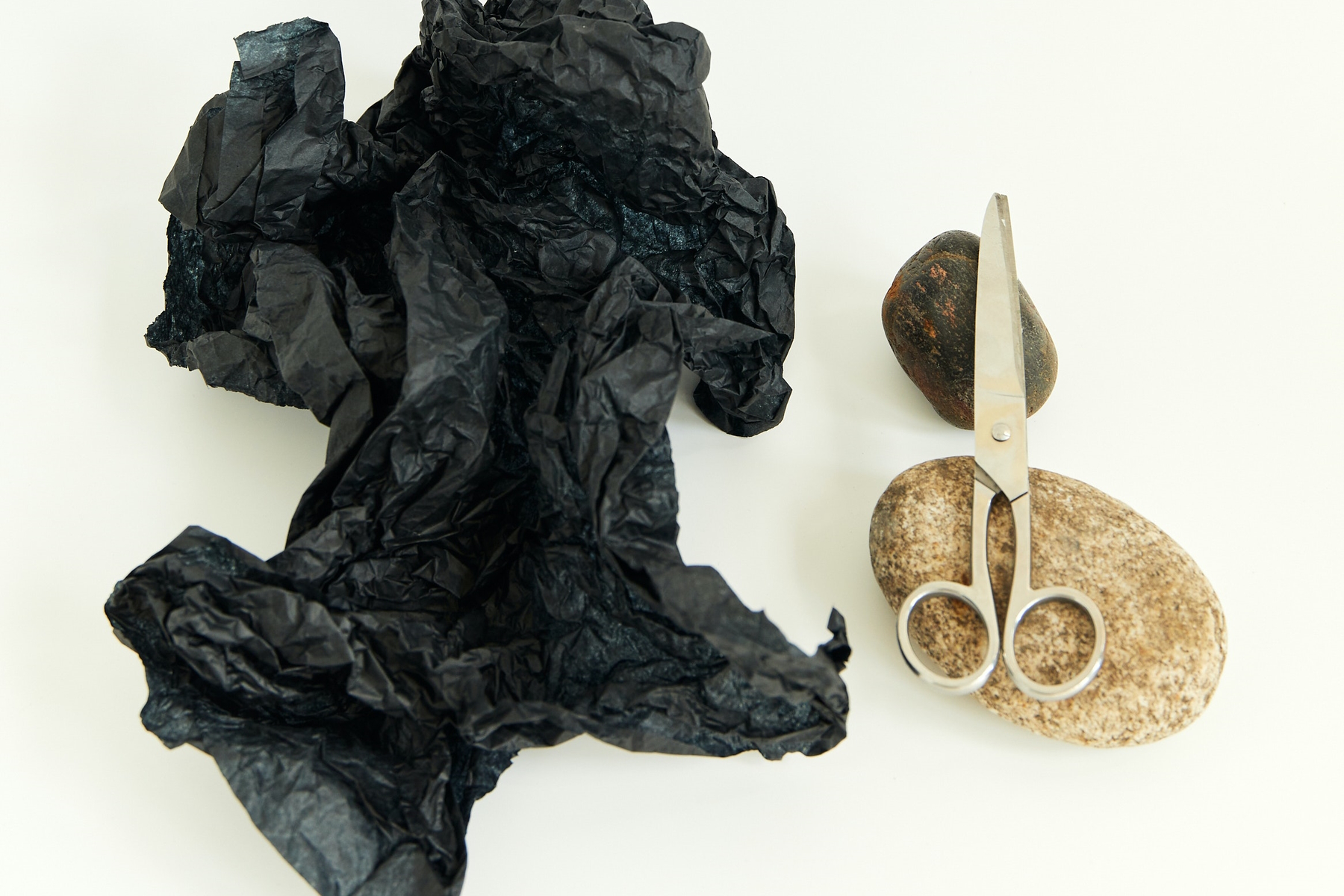
Riding the Waves
Articles for the time-poor teacher who just wants…
ANSWERS NOW
Anxiety in our young people is at an all-time high. It has been rising for decades, and since COVID the numbers have exploded.
Why the huge rise?
Social media is the common scapegoat. There are good reasons to blame Facebook, Instagram, Snapchat, and TikTok, but they are not the most convincing reason. A majority of kids use social media (and screens) at surprisingly high levels with no mental health difficulties.
No. It’s not social media. Or friendship issues. Or a lack of outside play. Or not enough physical activity. They all contribute to anxiety. They always have. But they don’t explain the huge rise.
What does?
Parenting.
For two reasons:
- Parents are more invested in their children, and as investment in children goes up (emotionally and financially), so do expectations – and those expectations are generally unrealistic. And…
- Parents with high expectations are often overly critical of their children (which leads to lower resilience and increased anxiety), and they are more controlling of their children.
These parenting practices make sense if you believe we live in a world that is an increasingly competitive, dog-eat-dog, zero-sum world. Taking control is the only option to assure success in an environment like this.
But it’s wrong. And it’s creating anxious kids.
Let’s add a third challenge here as well:
Parents become anxious about their children’s anxiety, which feeds control, which amplifies anxiety (theirs and ours). We’re uncomfortable with our children’s emotional discomfort which leads us to try to stop them feeling uncomfortable and exacerbates anxiety about anxiety.
Our children need more models and less judges. Solutions require a reset of our parenting practice. Less control and criticism. More empathic exploring and ebullient empowering.
“But what have they got to worry about?”
It can be easy to look at our children’s lives and think that they’ve got it made, especially if they’re being raised in a significantly improved situation than yours was. But their anxious responses may not be as excessive as you think. This is due to the very real result of “worry stacking”.
Over time, small, even seemingly insignificant worries or concerns can accumulate and build upon each other, ultimately creating a larger and more overwhelming sense of anxiety or stress than the sum of their parts. (And considering how much we’re cramming into our kids’ lives now, is it any wonder?)
By learning how to effectively manage each worry as they arise, our kids can keep the stack from growing too high and maintain a sense of control over their anxiety. This is essentially like hitting the “reset” button on their nervous system.
How to push the “reset” button
A healthy reset requires
i. relationship and connection
ii. a feeling of competence and capability, and
iii. a real sense of control
In addition, we can teach our children about regulating anxieties and worries. It’s essential to process worries, reset between challenges, and ensure concerns don’t accumulate.
1. Balance the body
- Recognise the physical sensations of anxiety. Where does your child feel it? Is it in their chest, shoulders, or stomach? Somewhere else? Identifying these sensations helps manage them effectively.
- Rather than saying, “I am feeling anxious,” which can intensify anxiety, have your child say, “I’m beginning to notice anxiety in my chest.” This simple shift in language helps create distance from the anxiety and it’s processed more effectively.
- Deep breathing is a powerful tool for regulating emotions. Try box breathing (Inhale, 2, 3, 4. Hold, 2, 3, 4. Exhale, 2, 3, 4. Hold, 2, 3, 4.) A splash of cold water, or a brief cold plunge or a cold shower can help with a reset and refocus on the here and now.
- Nature is an anxiety balm. Touch the grass. Breathe fresh air. See the sky. Soak in the sun.
2. Re-calibrate cognitions
- The mind magnifies threats when we’re anxious. Remember, thoughts are thoughts, not facts. Challenge unhelpful, unkind, or unproductive thoughts.
- Question assumptions and beliefs that amplify anxiety.
3: Create capacity
Your child can’t control the curriculum, can’t trash the timetable, can’t end exams, and can’t save the planet. But they can hug their parent, can be present, can breathe, can play or run or be active, can cook dinner with you, can wrestle with you on the carpet, can read a book. They can study, can call a friend, can help someone struggling…. There is so much they CAN do. They just need help seeing it.
Unhealthy anxiety is embedded in our culture. But it doesn’t have to be embedded in yours. Or your child’s. Let go of control. Recentre, rebelance, rethink, and recreate.
And trust that things will work out. They almost always do.
Want more?

The Happy Families Podcast
Episode #797 | Is Anxiety the Problem?
BOOK DR JUSTIN
Want more help with Anxiety in kids?
Get in touch with Caroline about having Dr Justin present his keynote, Riding the Waves, to your students in 2024.



![The State of Educator Wellbeing in Australia [White Paper]](https://justincoulson.com/wp-content/uploads/2023/01/AdobeStock_477426098_small.jpg)